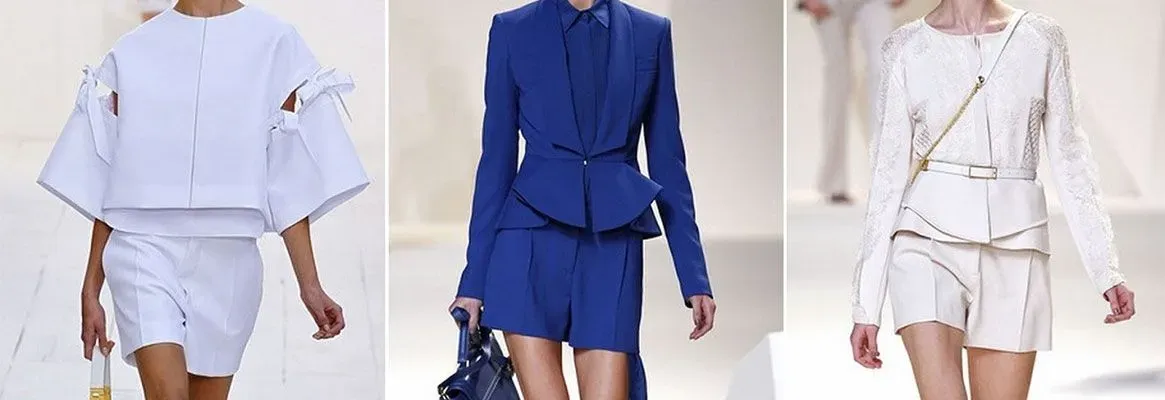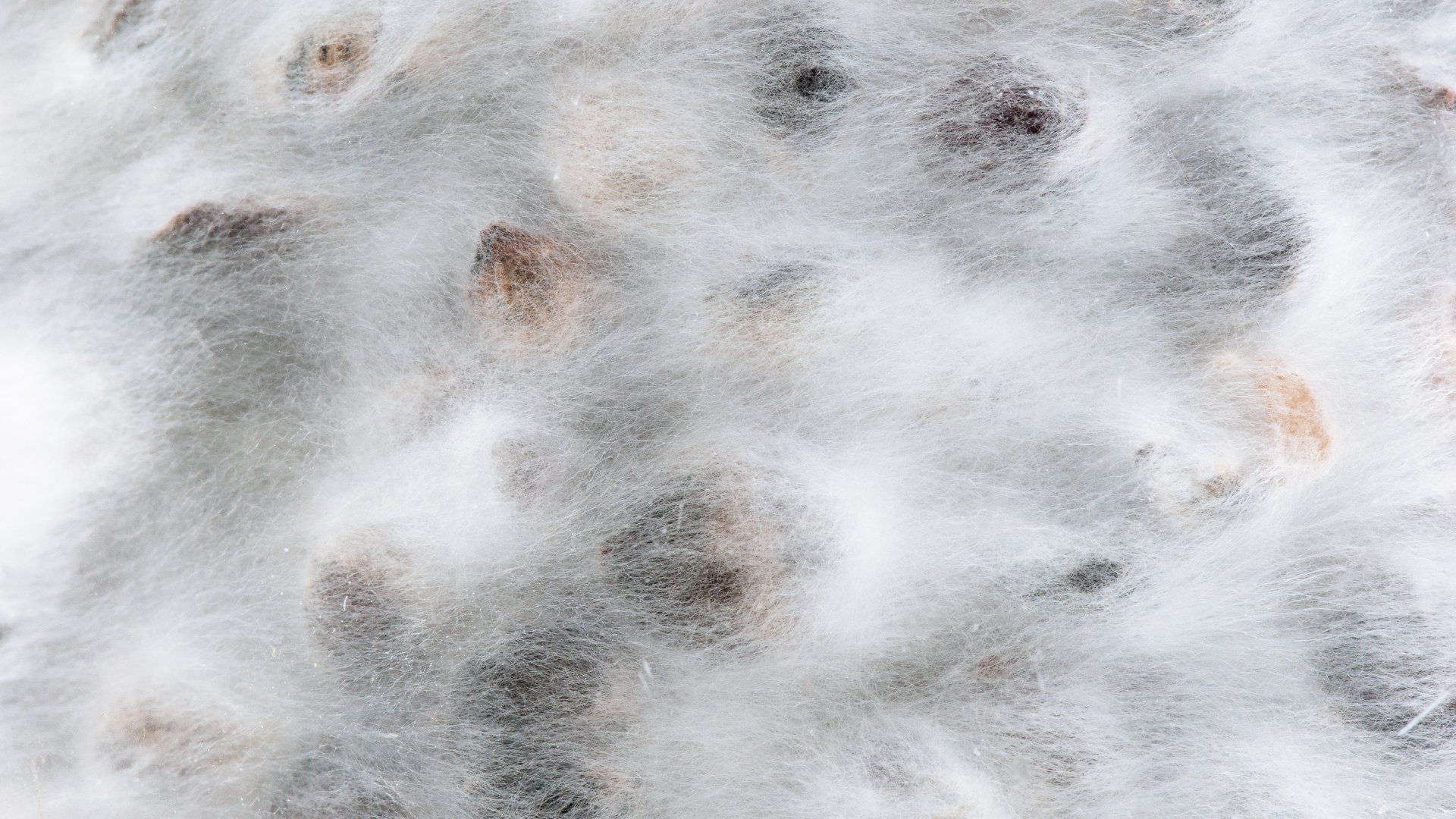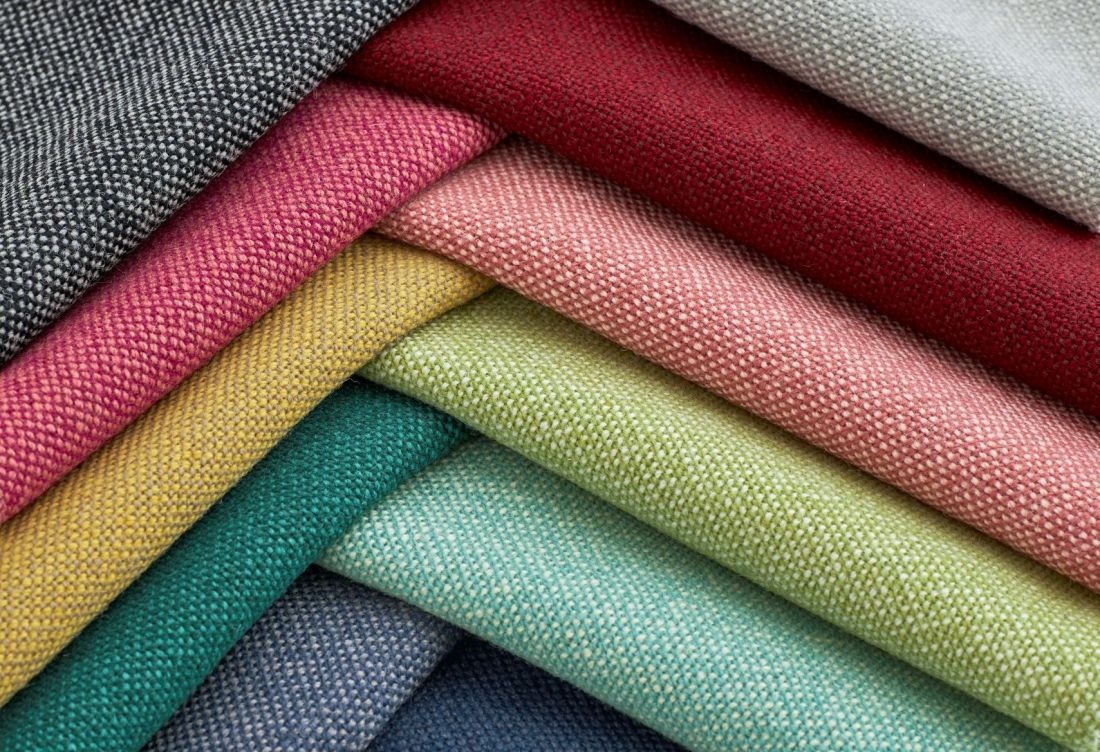The Fabric of Tomorrow: A Look at Sustainable Textiles and the Future of Fashion
Dive into the world of sustainable fashion as we explore the innovative materials and textiles that pave the way for an eco-friendly future.

Introduction:
As concerns about climate change and pollution continue to grow, the fashion industry is looking for new ways to become more environmentally friendly. Enter the era of reimagining fashion, focusing on sustainable, innovative materials and the future of textiles. This article will delve into the groundbreaking materials shaping the world of sustainable fashion and how the industry is evolving to reduce our environmental impact.
The Rise of Sustainable Textiles
The Growing Importance of Eco-Friendly Materials
The fashion industry has been under increasing scrutiny for its negative environmental impact in recent years. From excessive water usage to chemical pollution, there's a growing need for sustainable solutions. As a result, innovative materials and textiles are becoming more important than ever, pushing the industry toward a greener future.
Also Read: Lemon8: The New TikTok? Ownership & Connection Explained (weandour.com)
Examples of Innovative Materials in Fashion
Pinatex – Pineapple Leather
Derived from pineapple leaf fibers, Pinatex is a natural, non-woven, eco-friendly alternative to leather. This innovative material is biodegradable and cruelty-free, making it a popular choice for sustainable fashion designers.
Tencel – An Eco-Friendly Fiber
Tencel, a brand name for lyocell, is a renewable and biodegradable fiber made from sustainably sourced wood pulp. Its production process uses significantly less water and chemicals than traditional fibers like cotton, making it a popular choice for eco-conscious brands.
Mylo – Mushroom-based Leather
Mylo is a sustainable, animal-free leather alternative made from mycelium, the root structure of mushrooms. This innovative material is biodegradable and uses significantly fewer resources than traditional leather production.

The Future of Textiles and Fashion
Zero Waste Design and Manufacturing
The fashion industry is embracing zero-waste design and manufacturing techniques to minimize waste and pollution. By rethinking production processes and using innovative materials, brands can reduce their environmental footprint while still creating stylish, high-quality garments.
3D Printing and Customization
3D printing is becoming increasingly popular in the fashion industry, allowing designers to create intricate, custom designs with minimal waste. This technology also enables greater personalization, giving consumers the ability to tailor their clothing to their specific needs and preferences.
FAQs
Q: What is sustainable fashion?
A: Sustainable fashion refers to clothing and accessories made from environmentally friendly materials and produced using ethical, eco-conscious practices.
Q: How can consumers support sustainable fashion?
A: Consumers can support sustainable fashion by purchasing from eco-friendly brands, opting for high-quality, long-lasting garments, and practicing mindful consumption habits.
Q: Are sustainable materials more expensive?
A: While some sustainable materials may be more expensive initially, the long-term environmental and social benefits often outweigh the higher costs.
Conclusion
As the fashion industry continues to evolve, sustainable, innovative materials and the future of textiles play a crucial role in reducing environmental impact. With growing awareness of the need for change, the future looks bright for eco-friendly fashion. So, next time you're shopping for a new outfit, consider making a conscious choice to support sustainable brands and join the movement toward a greener






